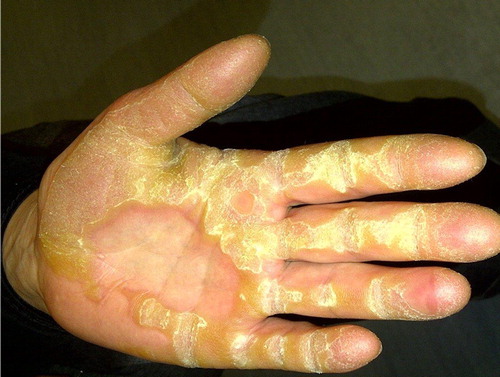Figures & data
Table 1. Examples of monogenic human disorders associated with desmosomal mutations.


